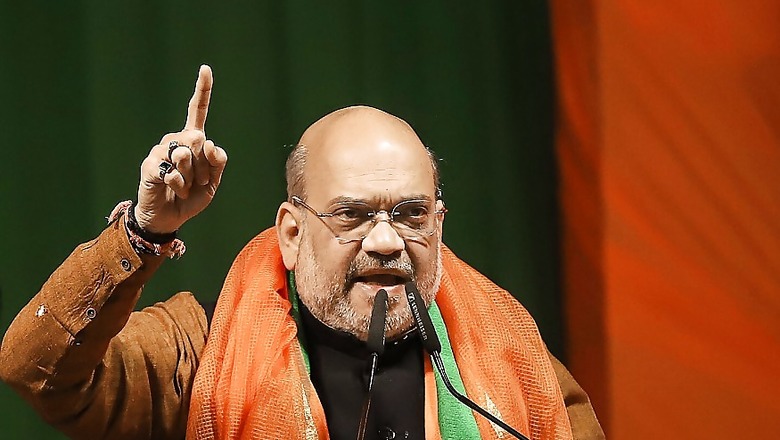
views
New Delhi: Even before Delhi voted in assembly elections on February 8, opinion polls had predicted the BJP getting maximum traction in East Delhi. It is in this region that BJP heavyweights, including Prime Minister Narendra Modi, home minister Amit Shah, Uttar Pradesh Chief Minister Yogi Adityanath, Haryana CM Manohar Lal Khattar and former Maharashtra Chief Minister Devendra Fadnavis, descended to woo voters.
As trends progress on counting day, it seems the star-studded strategy and polarisation pitch paid off with the BJP doing best in East Delhi constituencies. The saffron party is giving AAP a neck-and-neck fight in seven out of 16 assembly seats in the region. The AAP is leading on the remaining nine seats.
East Delhi constituencies have a huge population of Uttarakhandis, Poorvanchalis and some seats have significant Muslim population.
Modi in his rally in Karkardooma had promised that only the BJP was equipped enough to speed up the development of Delhi. He also raised the issue of regularisation of unauthorised colonies, which was initially one of the biggest election issues in the poll campaign. The protests against Citizenship Amendment Act in Shaheen Bagh later took centrestage, emerging as the biggest election issue.
In his nukkad sabha in the Kondli reserved seat in East Delhi, Amit Shah spent most of his speech anti-CAA protests and on the recent Ram Mandir trust whose formation the PM had announced just three days before voting day. He ended his speech with the same polarising pitch that he had delivered four days earlier in Babarpur. "Kamal ke nishaan par button jaroor dabaana, magar itne gusse se dabaana ki button Kondli mein dabe aur current...”
"… Shaheen Bagh mein lage," the audience cheered.
















Comments
0 comment